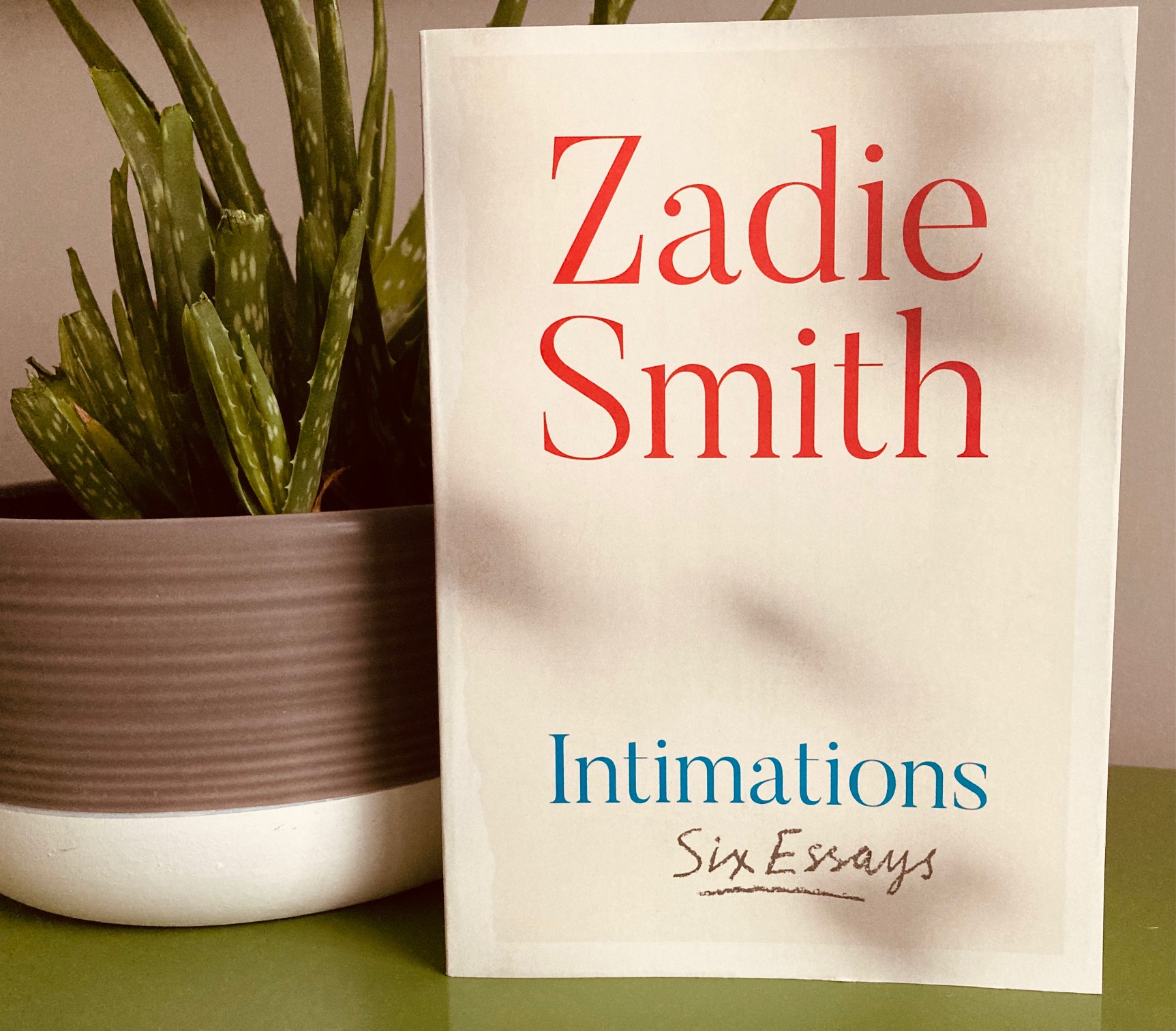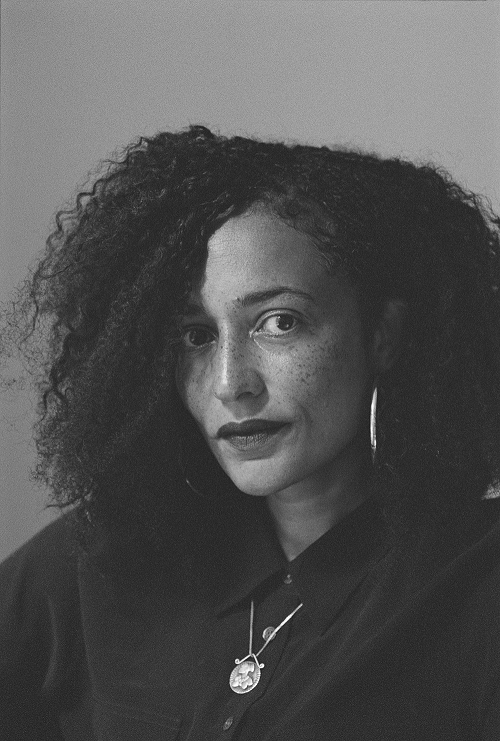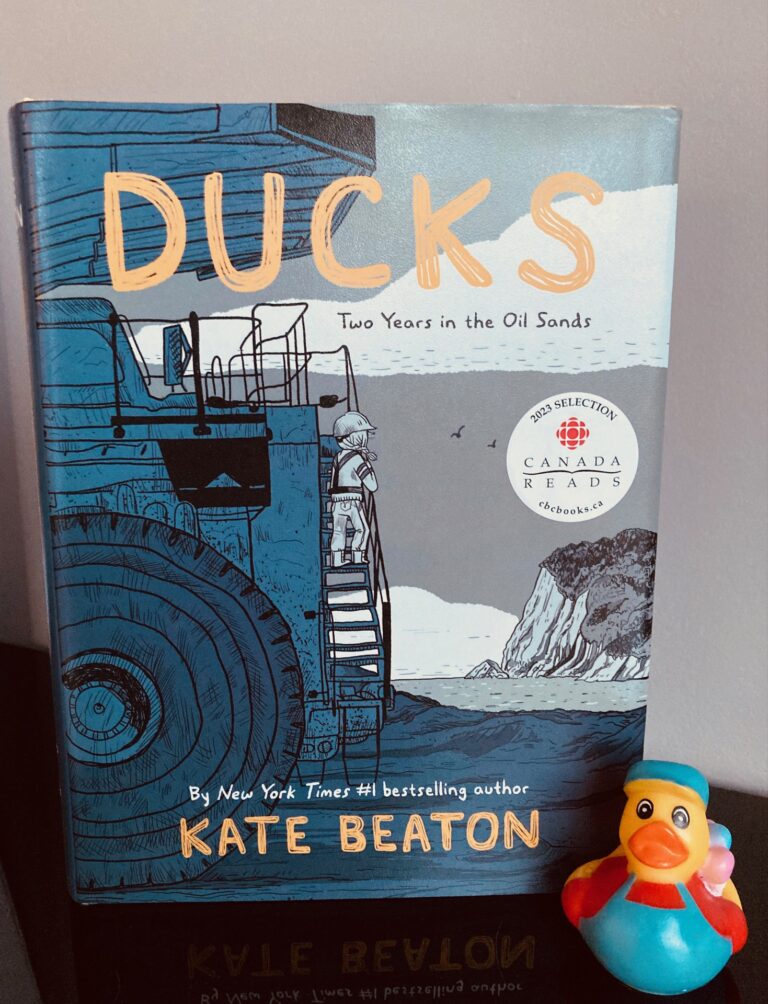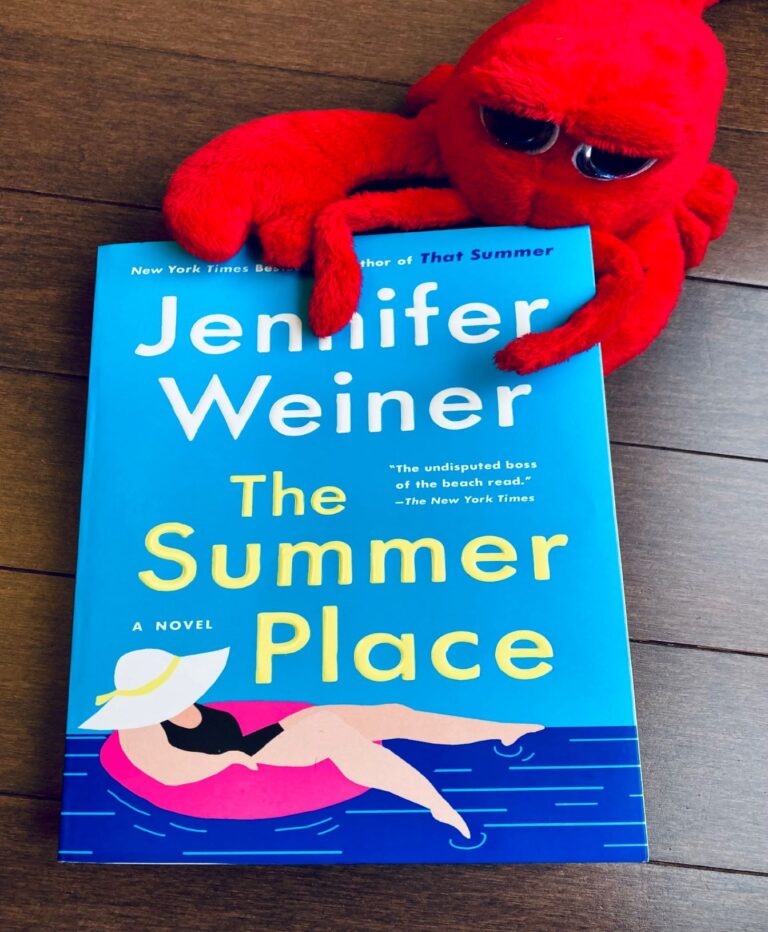Book Review: Intimations by Zadie Smith

I distinctly remember the day this book arrived on my doorstep. When I opened the package, I thought to myself how weird it was that the first book about Covid and its disruptions was finally being printed, and how surreal it felt to put it on my shelf. I thought to myself (in a particularly dark moment) is this the beginning of the end of normal literature? Will everything going forward be in reference to, or about, or in comparison to the pandemic? If it was a dire warning of things to come I could think of no better person than to lead us there gracefully, which is why I never shied away from reading Intimations, Six Essays by Zadie Smith.
Book Summary
The first essay titled “Peonies” is all about a single moment right before the lockdowns where Smith finds herself drawn to a little urban garden of peony flowers in downtown New York City where she lives. The second essay deals with a phrase Donald Trump utters, which Smith slowly takes apart and refutes – not everyone wants things to go back to normal, because ‘normal’ was unfair, and exploitive for many Americans. The third essay touches upon this new problem of having too much time on one’s hands, but luckily she can write to fill this void, and the fourth essay identifies the various situations where one doesn’t have too much time, but the opposite, like working parents. The fifth is a collection of observations, sometimes a few pages long, about one person, pre-covid, that she’s observed and thought about in her daily life. These little portraits are beautiful and my favorite part of the book. The last essay is a list of sorts, people in Smith’s life and her scattered thoughts about that person and what they mean to her. I sort of hate the word ‘musings’, but it’s probably the most accurate way to describe this book. It’s Smith’s thoughts on a bunch of different things, and this book is a product of that extra time and attention some artists were able to enjoy.

My Thoughts
The essay about the peonies is the perfect example of the overall tone of this book. She uses these visuals, like a flower, as a jumping off point to discuss other things, mainly what’s going on in the world around her, but she grounds all her writing in visceral memories like this one. Her thoughts can sometimes seem scattered, but they are all well written and observant. It’s hard to disagree with almost anything she says because her wording is so clear and concise. Her social commentary can sometimes seem wry or dismissive, but it’s always honest. the discussion of racism is a common thread that runs throughout her work, (in many of her books), and the death of George Floyd is something she refers to often. But she also points out the pandemic’s effect on working class people, admitting the privilege she enjoys by working from home. In one essay she describes the nail salon she visits in her neighborhood, and the man who works there that she chats with on a regular basis, about their kids. They both bemoan the fact that schools are closed for holidays often, so they both struggle to find childcare so they can work that day. She admits to herself that this complaint is merely an inconvenience for her, while this is more like an emergency for him, someone so reliant on daily wages, tips and hands-on tasks. The pandemic has placed inequities like this directly in our society’s sightlines, but will anything change?
There are so many pages in this book that I turned the corners down on (I know, I know) because the writing is so profound that I wanted to return to specific quotes and ideas. The way she weaves together ideas is what I loved most. Towards the end of the fifth essay, she describes racism as a virus that she used to have hope a vaccine would come to solve, but she later admits that this is no longer something she imagines. Because one of the last books I read was about a black woman who essentially spreads a different kind of virus, I found this idea especially striking. And knowing that so many people are still reluctant to get the Covid-19 vaccine despite all the evidence pointing to its safety, I don’t blame her for her loss of hope, although she wrote this in May 2020, so she would have no idea at that point that a vaccine was indeed coming. Now I’m hoping she releases another book of pandemic reflections on the other side of this, looking back at the various phases of lockdowns; the up and down of hope, the vaccine and its accompanying rollercoaster of emotions. A look back on the past two years and what it meant to different people is a key piece of our healing and learning process. We need different artists to express what this meant to them, and how they experienced it. It’s through these works of art, in whatever formats people are drawn to, that I believe we can move past this, and more importantly, learn from our mistakes, both as individuals, and as part of a wider global community.






Maybe I would get on better with her nonfiction. When I read her fiction, I marvel at how well she can writer, but the plots of her stories never come together for me. They feel too big, giving every character a fair shot at their own section and thoughts so we get to know them better, but not necessarily moving the plot along.
Yup I totally know what you mean. These non-fiction essays tend to meander quite a bit too…
It would be interesting to see what she thinks of everything from a later perspective. I’m glad this worked for you better than it did for me. You wrote a wonderful review!
Thank you for your kind words! I’d love a sequel :)
Good point about a sequel. Early pandemic was different that mid or late or whatever we’re in now. These essays felt a bit slight to me, but I really enjoyed the portraits of peripheral people in her life. But really she could just come out with a new novel too, I wouldn’t be mad about that ;)
Oh yes, I’d love a new novel too-no pressure Zadie! haha
I know what you mean; I was so surprised to see this pandemic preserved between two book covers for the first time, not just in some magazine or online piece, but in print. For a way to really bring home the idea that we are living through history (all the time, but this global event makes it so clear). Having recently read Zadie Smith’s Grand Union, I was reminded of just how good she is at unravelling ideas and reminding readers that we can think and re-think, learn and un-learn and re-learn.
she really is an incredible writer, I do feel as though I’m going to learn something whenever I pick up a book of hers, whether it be fiction or non-fiction